The Key to NextGen Performance Management is Alignment
At last week’s Connections conference, ITM President and HR Bartender blogger Sharlyn Lauby discussed the current war for skilled talent. “It’s a candidate-driven market,” she said. “Finding the right people for the job is becoming increasingly difficult. The worst situation is when a company gets a new piece of business, but doesn’t know if it can deliver the service because it isn’t staffed appropriately.”
Many HR professionals already recognized that the current state of performance management, which often involves forced rankings, is untenable. As Lauby said: “You can sell $10 million worth of business and still be the worst salesperson in the company. Instead of talking about performance in the past, we need to shift the conversation to the future.”
Twenty-first century performance management must be about tying employees to the business strategy. According to Lauby, there are several opportunities to create alignment, and they arise well before a candidate signs on the dotted line. “Setting performance expectations before a new hire joins helps with engagement, results, and retention,” she said. “You can facilitate this by keeping your job descriptions accurate and up to date, and having an interview process that is collaborative and uses behavioral-based questions.”
Alignment should occur at onboarding as well. HR professionals and hiring managers should use the onboarding process to educate employees on how their performance will be measured, and to provide transparency about the performance management process itself.
Employee goal-setting, particularly in the form of cascading goals in which individual objectives connect directly to bottom line objectives, is a critical piece of effective modern performance management. Best practices for setting relevant goals include getting buy-in, documenting what you intend to do, phasing goals in over time, monitoring progress, modifying them as appropriate, abandoning goals that no longer make sense, and celebrating those that have been achieved. This last one should not get lost. “People who accomplish goals want to set more of them,” said Lauby.
Conversations about setting and revisiting goals should occur frequently. “Real-time feedback mechanisms are a good way to ping employees on a regular basis to see if they are making progress toward their goals,” Lauby said. “These interactions should be timely and flexible, and two-way as opposed to driven solely by the manager. Not only does real-time feedback show that you care, but it also holds managers and employees accountable. It doesn’t allow you to let things slide, which can be interpreted as giving tacit approval for less than stellar performance.”
Especially if you are experimenting with new performance management modalities, you should know how to measure your effectiveness. On the quantitative side, you can look at turnover rates or individual performance change. Qualitative techniques include focus groups and surveys. The key is to always remember your goal of alignment. “Be able to tell the story that goes with your numbers,” said Lauby.



















